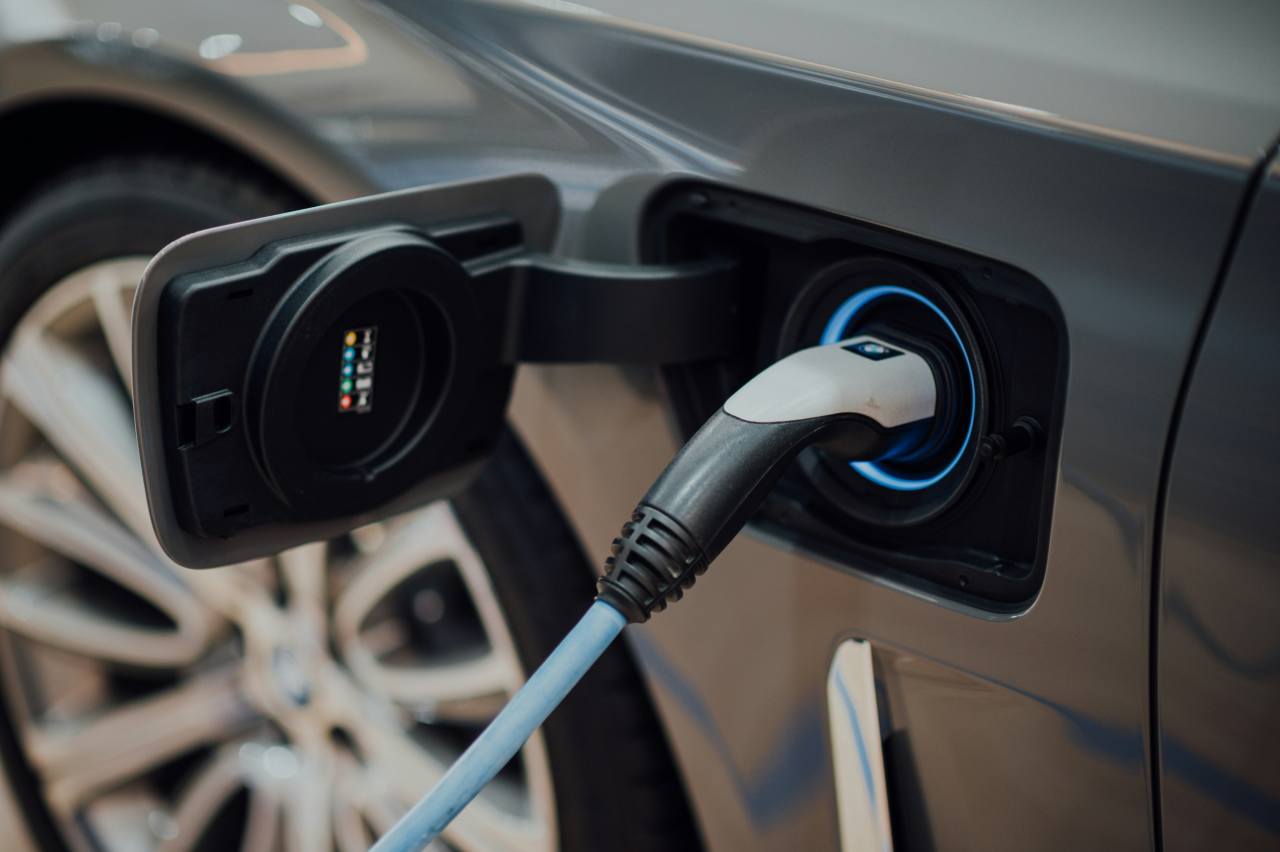If you look at Hyundai Australia’s current line-up there are some key pieces missing. Perhaps the most obvious is the lack of a Tucson Hybrid to compete against the popular Toyota RAV4 Hybrid, as well as the likes of the newer Kia Sportage Hybrid, and Nissan X-Trail e-Power.
Fortunately for Hyundai there is a solution that will fill the missing piece - the Tucson Hybrid. It’s been available in overseas markets for several years but only with the steering wheel on the left-hand side… until now. Hyundai Australia has finally confirmed that it will be adding the hybrid powertrain to its local line-up in 2024.
But we wanted to get a headstart to find out if this new model has what it takes to challenge the RAV4 and others. So CarsGuide.com.au headed to Los Angeles, California for an exclusive drive of the Tucson Hybrid to give you an idea of what to expect when it does arrive down under.
Obviously at this early stage we don’t have concrete details of what exactly we’ll be getting in Australian showrooms, but the US model is reportedly a very similar example of what we’ll get. But with that in mind, our scores for each category and the model overall should be taken as a preliminary judgement - not a definitive verdict.
Price and features - Does it represent good value for the price? What features does it come with?
While Hyundai may have confirmed the impending arrival of the Tucson Hybrid, the details are still under wraps. That’s likely because the hybrid will coincide with an as yet unseen mid-life refresh of the Tucson that was first revealed back in 2020.
Because of that there’s no public confirmation of pricing and specification for this new addition, but we can extrapolate what to expect based on the rest of the Hyundai line-up. Based on the recently added Kona and Santa Fe Hybrids, it’s a safe bet there’s likely to be two variants of the Tucson Hybrid. Expect an entry-level model - likely just called Tucson Hybrid - and a more luxurious variant - probably carrying the Tucson Hybrid Premium name, or possibly the Highlander badge.
.jpg)
Precisely what specification they will include and how much they will cost remains to be seen, but again we can probably take an educated guess based on what we’ve seen with the Kona and Santa Fe. The Kona Hybrid carries a $4000 price premium over its petrol-powered equivalent, while the Santa Fe Hybrid costs $3000 more.
So if the 2024 Tucson prices stay flat (which is possible but not guaranteed) expect the Tucson Hybrid to start around $46,900 and the Tucson Hybrid Premium/Highlander at $53,900.
Design - Is there anything interesting about its design?
What’s interesting about the design is that there isn’t anything unique about it, at least not overtly different from the rest of the Tucson range. As electrification becomes the norm rather than the exception, car makers have realised car buyers don’t need or want their electrified cars to be styled dramatically differently.
As Toyota's decision to drop the Prius in Australia and instead relying on the Corolla to cater to buyers looking for a hybrid model demonstrates, buyers have evolved with their tastes.
Instead both outside and in, the Tucson Hybrid is a regular-looking SUV that will appeal to anyone looking for a fuel-efficient model.
.jpg)

Practicality - How practical is the space inside?
Despite the addition of the hybrid powertrain elements the Tucson remains a practical family car. While it’s not the biggest SUV in its segment it offers adequate room for a family of four or five.
The front seats are comfortable and there’s good small item storage, as you’ll find in the existing Tucson range, with cup holders, a wireless smartphone charging pad, lidded console box and deep door pockets. The rear bench is good too, with enough room for my 180cm frame to fit in relative comfort, as well as cup holders in the fold-down armrest and a bottle holder in the door.
Crucially, the boot capacity is the same in both the petrol and hybrid Tucson in US specification, which means it should translate to the same 539-litres offered here. The boot floor is flat, which will make loading and unloading easier, but it’s worth noting that the US-spec model we drove had no space for a spare tyre and instead relied on a puncture repair kit.
Engine and transmission - What are the key stats for the engine and transmission?
This is the heart of the matter, with the Tucson Hybrid combining a 1.6-litre turbocharged four-cylinder petrol engine with a small electric motor. The petrol engine makes the same power as the ‘SmartStream G1.6’ in the current Tucson, 132kW/265Nm. But the addition of the 44kW electric motor takes the total powertrain output to 168kW/349Nm.
The powertrain is paired to a six-speed automatic transmission as standard as well as Hyundai’s HTRAC all-wheel drive system.
.jpg)
Fuel consumption - How much fuel does it consume?
Hyundai USA rates the Tucson Hybrid fuel economy at between 6.1L/100km and 6.3L/100km depending on the variant. It must be noted that US fuel economy figures do alter to Australian numbers, but as a guide those figures are competitive without being class-leading.
The X-Trail e-Power returns the same 6.1L/100km, but the RAV4 Hybrid uses just 4.8L/100km so there’s room for Hyundai to close the gap.
.jpg)
But at 6.1L/100km the hybrid would be the most fuel-efficient member of the Tucson range in Australia, with the diesel managing 6.3L/100km and the 1.6 turbo petrol using 7.2L/100km. So there’s reason to think adding this hybrid option would expand the appeal of the Tucson.
The US-spec models have a 51-litre fuel tank which means a theoretical driving range of up to 835km on a single tank.
Safety - What safety equipment is fitted? What safety rating?
Again, this is an area where we don’t know any specific details, but it’s almost certain that the Tucson Hybrid will follow the same safety features as the rest of the range.
There’s all the usual acronyms you expect these days, such as AEB (autonomous emergency braking), ESC (electronic stability control), BSM (blind spot monitoring) and RCTA (rear cross-traffic alert).
.jpg)
The biggest difference between the current range and the hybrid is likely to be the loss of the full-size spare wheel. Given the unique Australian conditions, if Hyundai can find a way to fit even a spacesaver spare it would be more appealing and safer than the puncture repair kit.
The addition of an all-new engine variant typically requires a new crash testing program under the ANCAP safety ratings, but the rest of the Tucson range is five stars and there's no reason to think the hybrid would be dramatically worse.
Ownership - What does it cost to own? What warranty is offered?
It’s safe to assume that Hyundai Australia will offer its standard five-year/unlimited kilometre warranty for the Tucson Hybrid.
Servicing costs are unclear but it’s probable that the more complex hybrid powertrain would mean a higher price. But Hyundai Australia will likely offer a servicing plan, so you’ll know up front what you’re in for.
.jpg)
Driving - What's it like to drive?
The extra power and torque makes for a notable improvement in performance over what’s currently offered in Australia. The Tucson Hybrid feels quite punchy off the mark whenever you engage both the engine and motor. While it’s not exactly a ‘N Performance’ model, it does feel sprightly for a mid-size SUV.
Plus there’s the added bonus that the electric motor can do all of the work some of the time.
.jpg)
So if you do a lot of urban driving and can be careful with your right foot you may be able to get close to, or even beat, the claimed fuel economy.
It’s difficult to make a definitive comment on the handling, because the version we drove had the US suspension tune, which felt softer than what we’ve experienced here to deal with America’s very average road conditions. Even so, our test drive did demonstrate that the addition of the hybrid system, and the added weight it brings, doesn’t have a negative impact on the way the Tucson drives. It still feels like a well-balanced and responsive SUV and we’d certainly expect that to be the case of Australian-bound models.
Verdict
As Toyota has found with the RAV4, these types of ‘self-charging hybrids’ are popular with customers because they offer more performance, lower fuel economy and require no change in behaviour - no plugging in or managing battery range.
There’s a very good reason for Hyundai to add the Tucson Hybrid to the local line-up, because it will expand the appeal of what is already a popular SUV. Many buyers have turned off diesel in the wake of the Volkswagen emission scandal, so hybrids such as these have greater appeal.
Especially if Hyundai can keep the price difference between the hybrid and diesel to a similar level to what we’ve already seen with the Santa Fe. In these current times of high petrol prices and cost-of-living pressures, anything that can make driving better financially we welcome.
Pricing Guides







.jpg)

.jpg)
.jpg)
.jpg)
.jpg)
.jpg)
.jpg)



.jpg)
.jpg)
.jpg)



